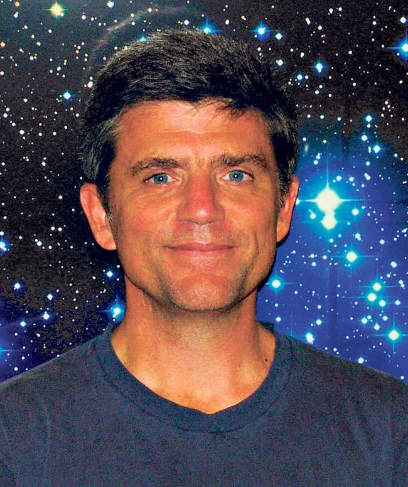John Tonry
With the recent meteorite scare that hit Chelyabinsk, Russia, earlier this month, the research and development of ATLAS (Asteroid Terrestrial-impact Last Alert System) is even more important in helping to identify dangerous asteroids before they hit Earth.
A team of astronomers at the Institute for Astronomy at the University of Hawaii received a $5 million grant from NASA in 2011 to complete the project, and according to astronomer John Tonry of the institute, construction of the needed equipment and software is well under way.
What sets the ATLAS system apart from all other telescope systems is that the viewer has a wide field of view of the sky.
“The thing that’s interesting is that we know about as many as thousands of asteroids, but the number that is out there that can threaten the Earth is measured in millions,” explains Tonry, who was featured on MidWeek‘s cover June 13, 2012, for sharing a Nobel Prize. “No system is going to be good at finding these asteroids unless they pass really close to the Earth, and unless you’re looking at the whole sky, there’s little chance of seeing one because they zip by quickly.”
Rather than one large telescope, the ATLAS telescope system will be comprised of smaller ones, which is unusual in terms of having a very wide field of view and crisp images.
“That’s the combination you need for surveying the sky,” explains Tonry, pictured here with some of the equipment. “It doesn’t have to be bigger; it needs to get the whole sky multiple times per night.”
He also says there are major benefits to having the ATLAS system in place in terms of identification and accuracy.
“We can know very quickly if it’s a dangerous asteroid. I hope that we don’t find any that hit the Earth like Chelyabinsk, or worse. If it does, then we stand prepared to provide warning,” says Tonry, who works with project collaborators Rob Jedicke, Armin Rest and Richard Wainscoat.
Before tackling the ATLAS project, Tonry played a huge part in the development of Pan-STARRS1 on Haleakala, Maui.
“The thing I realized in 2008 was that it (Pan-STARRS1) wasn’t going to do all the job. There was a complementary job that needed to be done, specifically events like in Chelyabinsk or the 2012 DA14, which was discovered last year by Spanish astronomers.
“If the 2012 DA14 came by, and if that’s the one that hit Chelyabinsk, it would have been completely destroyed,” he says.
With devastating effects that asteroids can have on our planet, the ATLAS system will be able to quickly identify possible dangers and provide ample time for evacuation. For more information on this project, visit fallingstar.com.






